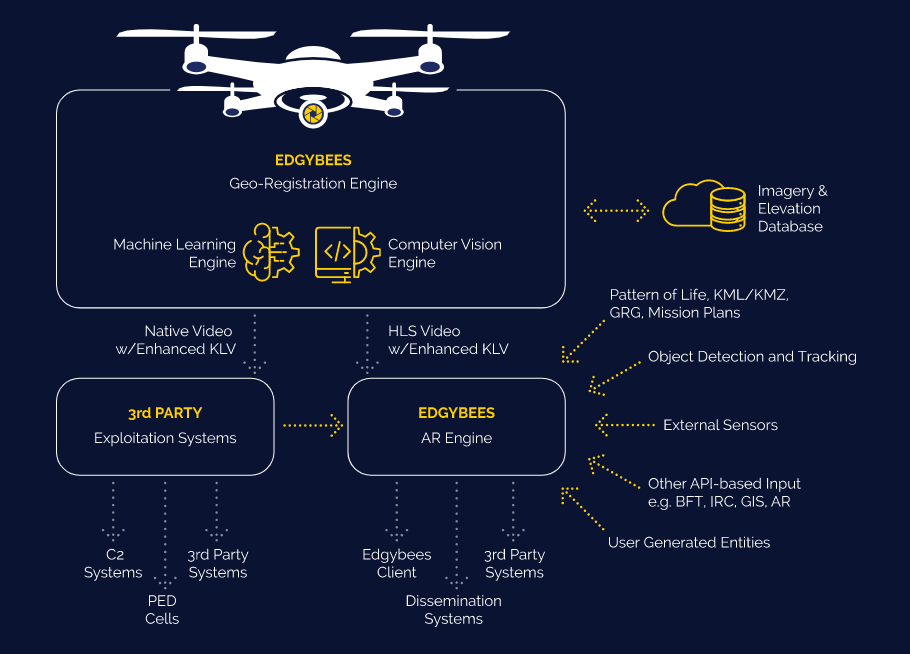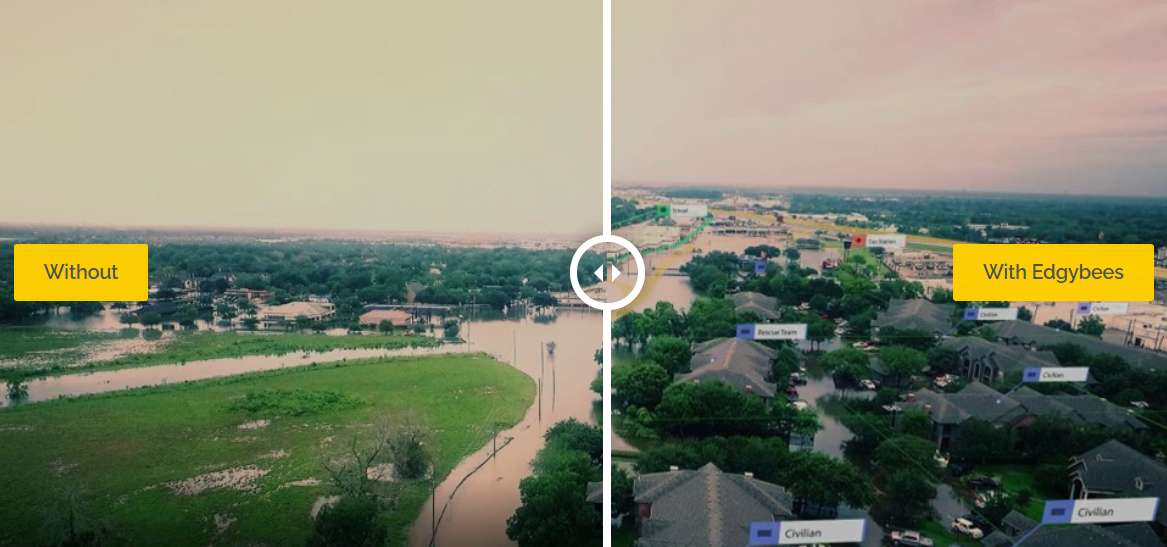Refinery Ventures, a Cincinnati-based venture firm, announced the close of its second fund with $36 million, which was more than two times its first fund.
Fund II is backed by a group of LPs, including Cintrifuse, Great American Insurance, Western and Southern Insurance and The Cleveland Foundation.
The firm invests in enterprise and SaaS “early scale” companies, a term managing partner Tim Schigel likes to use to describe companies that secured a seed, but need that “oomph” to get to Series A.
“Plenty of companies in the Midwest are getting seed rounds, but many don’t make the gap from seed to Series A,” Schigel told TechCrunch. “You have product market fit, but instead of selling to friends and family, you are selling to organizations. Now you need forecasts and other projections you have never done.”
Most investors initially focus on the founder, but few founders, in Schigel’s opinion, have experience with hypergrowth. It was that lightbulb moment that led him to start Refinery Ventures nearly five years ago.
He says it is not always about being the founder, but if you were employee No. 2 or even 20, but took the company from 20 employees to 200, “you are well-suited to end up being the founder of a company.”
“That is where we want to go looking, for people who experienced hypergrowth and can navigate the gap,” Schigel added.
Schigel himself knows all about the challenges of hypergrowth in a company. An electrical engineer by trade, he worked in Cincinnati, but got his Silicon Valley connections early working with Apple to support P&G.
From there he went into venture capital before starting his own company, ShareThis, to keep track of online content that is shared — yes, he’s the one responsible for that little sideways “V” icon. He grew the company to $50 million in revenue in less than four years.
Then Schigel launched and managed Cintrifuse, a fund of funds investing in early-stage funds across the U.S. like Greycroft, Upfront Ventures and Techstars.
“It gave me a unique and different perspective into startups and one I bring to Refinery,” he added.
Prior to the global pandemic, founders were already leaving the coasts, but Schigel believes the timing was right for the new fund when the pandemic became “a catalyst like you couldn’t believe.” His inbox is now full of former Midwesterners looking for opportunities back home.
Refinery Ventures’ first fund went into nine startups, including Edgybees, Astronomer, Torch, Tealbook and Folio Photonics. Two of its portfolio companies, HALO Health and Engage, were acquired.
Schigel expects the new fund to invest in a similar number, between 10 and 12 startups. Refinery has already invested from the second fund into companies like Vantage Robotics, RedCircle and StoryTap.
It will also utilize part of the funding to discover and invest in dual-use technologies — companies going after both commercial and government, similar to Edgybees and Vantage Robotics.


